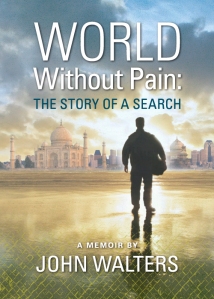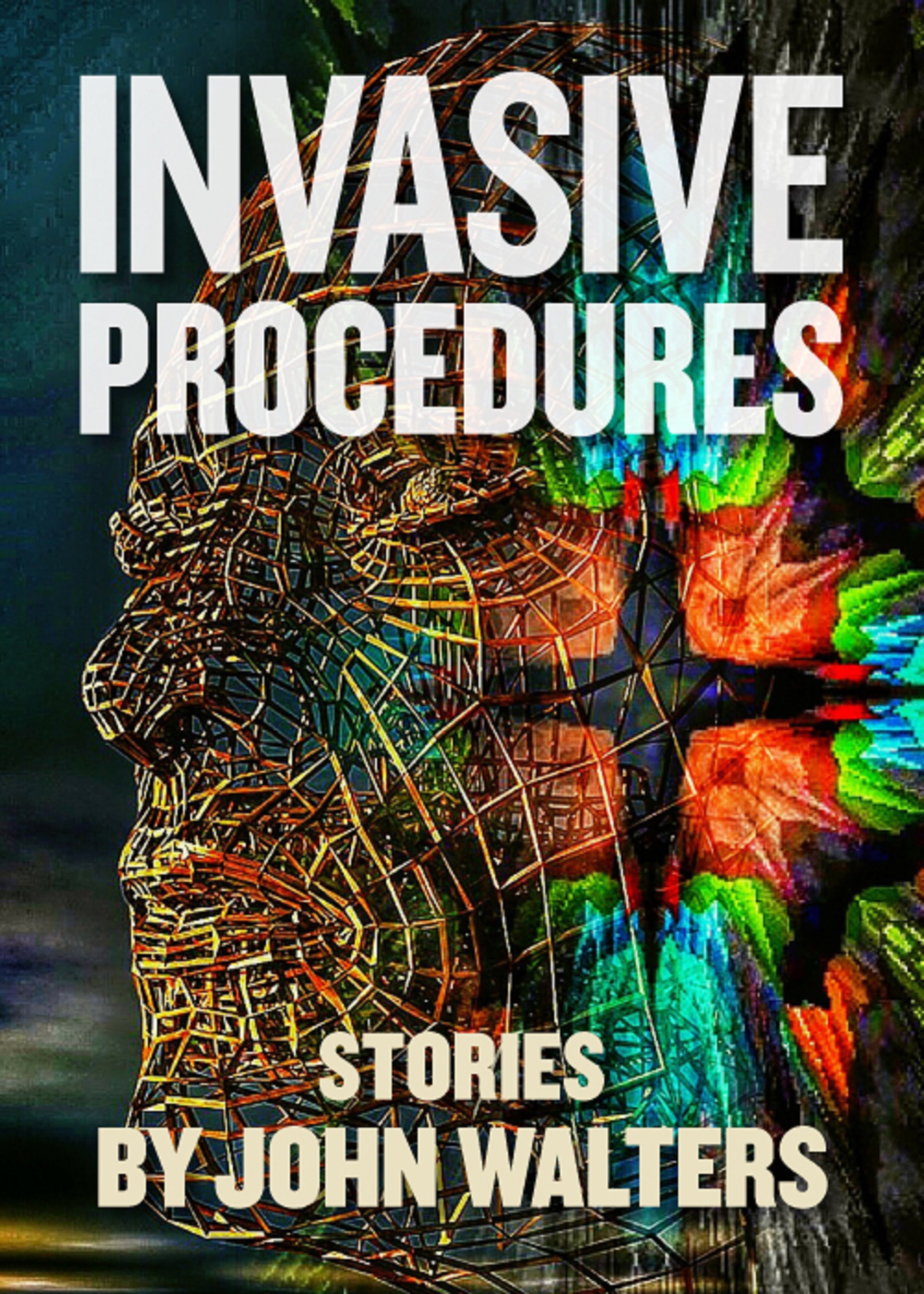This short, spare volume reads like an extended Internet article. Indeed, all the information it contains is easily available online through a search for its topics. The bibliography in the back, in fact, has very few listings of complete books, but is mainly composed of articles from magazines and websites. For someone unfamiliar with the perils of the Internet, it offers some useful advice and warnings, but for most Internet users, who are constantly surfeited with online danger notices, it may seem like yesterday’s news.
In writing the above, I’m not putting the book down or saying it is not a worthwhile read. It has its interesting moments. The problem is that it dwells only on the negative. It does not attempt to provide any sort of balance or any solutions to the problems it enumerates. It’s a series of warnings, nothing more. It would have been a great book if it had kept the material it has now and added to it an accounting of the many positive aspects of the Internet and some details on how Internet users can combat the evils that lurk in dark virtual alleys.
As a writer whose work appears in online magazines and is for sale at online venues, I was especially interested in what Seife has to say about online writing and publishing. Unfortunately, his sensationalist dismissal of copyright law as irrelevant in its ability to deal with digital publishing is one of the weak points in the book. It couldn’t be further from the truth. Seife claims that copyright law loses its basis when digital copying is so easy and inexpensive. However, copyright law is as valid as it ever was and even more necessary in the digital age. It is designed to protect the exclusive rights of creators to their intellectual properties. This fosters an environment that stimulates further creative work. Just because crime is easier to commit doesn’t make it any less criminal. Copyright law gives a desperately needed recourse to writers and other artists when criminals steal their works, and copyright law has been upheld in many instances of online theft of intellectual properties. In analogy, the ease of obtaining firearms doesn’t make murder any less of a criminal act or negate laws that are designed to protect victims from murderers.
Another weakness of the book is its quick dismissal of modern online self-publishing platforms. The author shares a number of negative stories about self-publishing fiascoes, but does not seem to be aware that many, many talented writers, including those who used to work with traditional publishers, have turned to self-publishing channels as a valid way to distribute their work, and that many of these writers are making a better living doing so than if they had confined themselves to the limitations of the big New York publishers. Big publishers have reacted to the rise in e-book popularity by revising their contracts so that the lions’ shares of profits go to themselves, while writers receive smaller advances and miniscule shares of royalties. Self-publishing platforms, on the other hand, allow writers to keep most of the royalties from sales of their books. Additionally, self-publishing platforms offer the freedom to publish original artistic endeavors that big publishing won’t touch because of its tendency to focus on what sells well in the current marketplace rather than on literary work that is fiscally untried.
I disagreed less with other sections of the book that expose obvious dangers such as the creation of false personas and corporations to facilitate scams. I also found the author’s description of the pointless, money-wasting, and time-wasting games foisted on unwary Internet users on social media sites to be informative and accurate.
All in all, the book is an interesting, albeit brief and far from complete, summary of common drawbacks of the Internet.
































